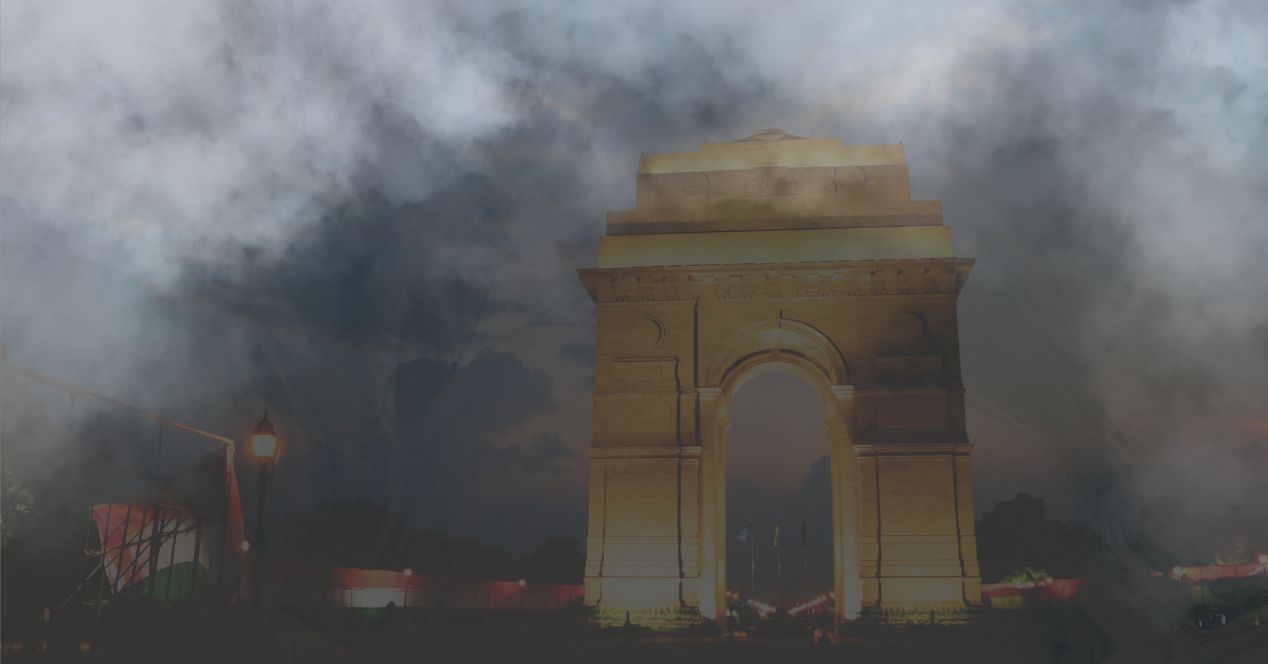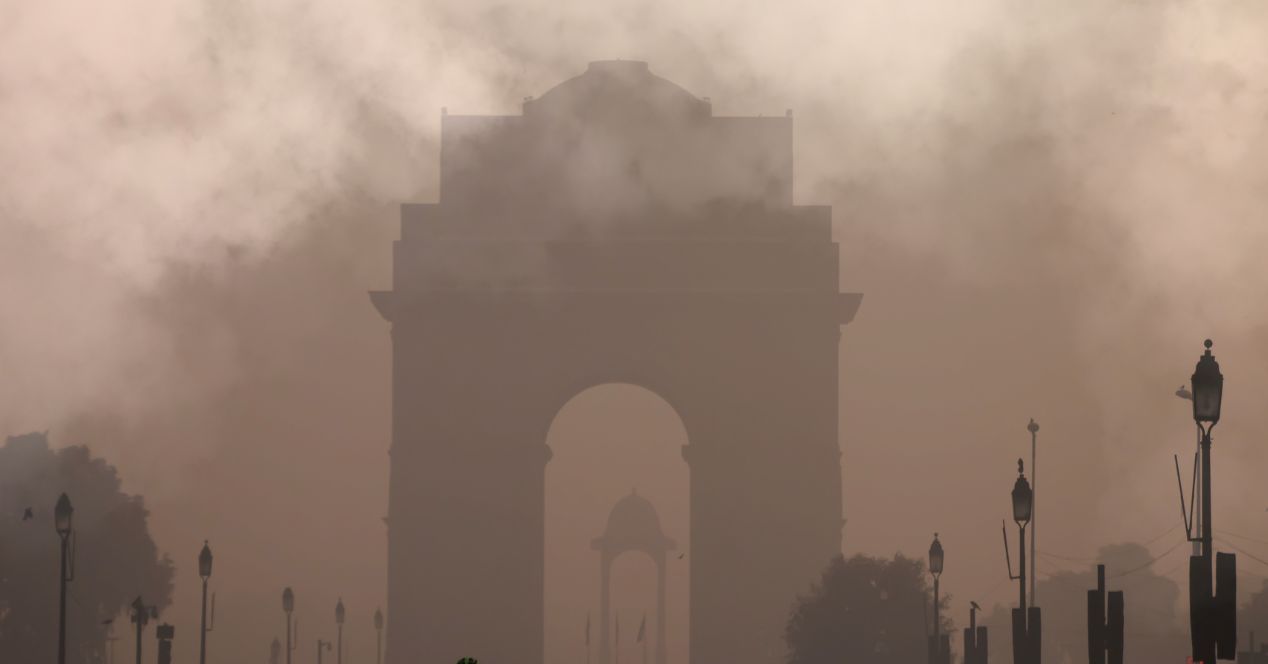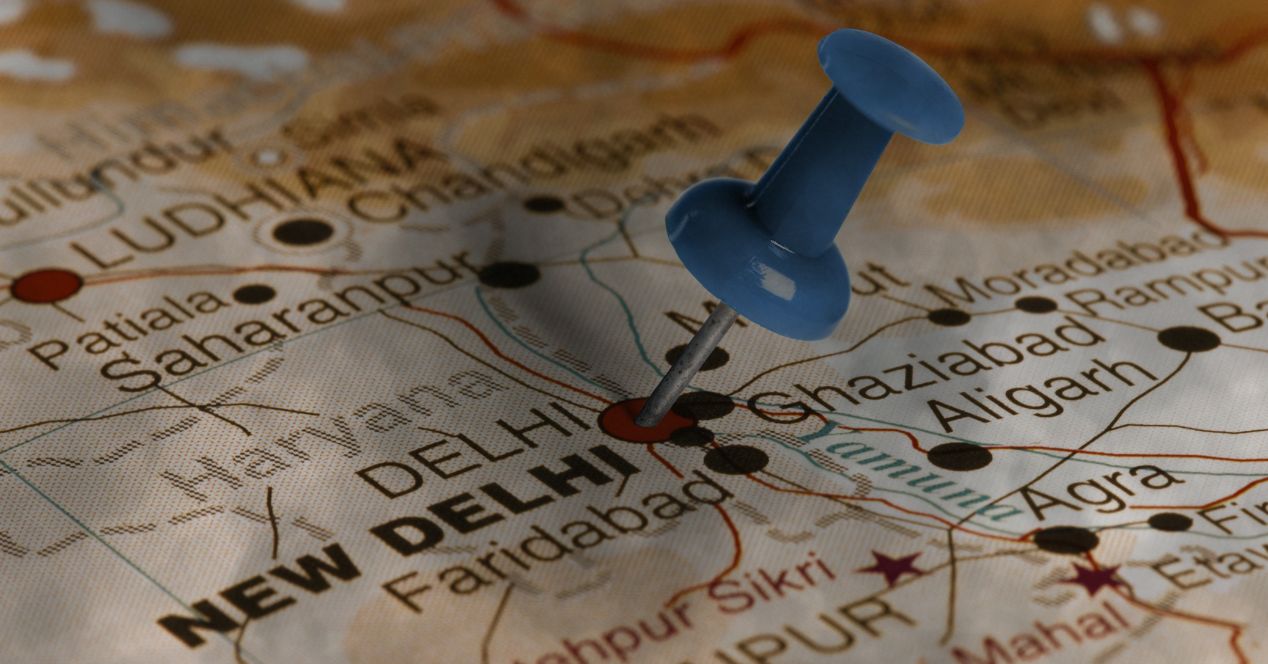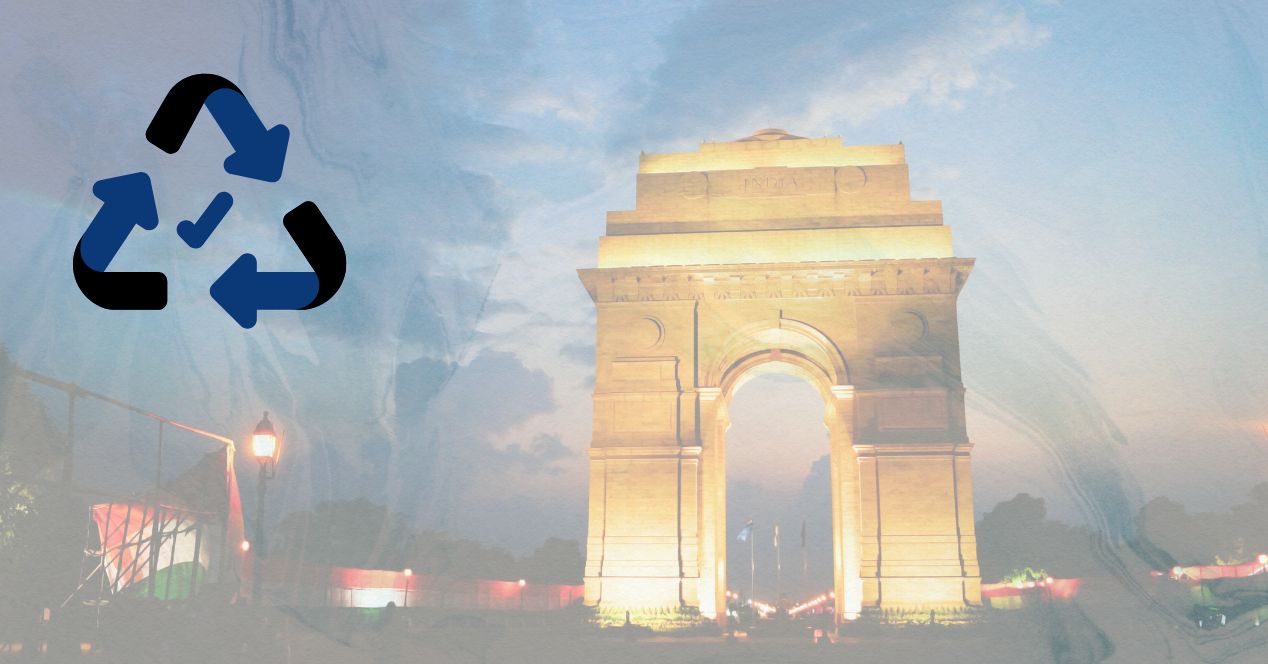Analysis
Delhi Pollution Crisis | SC calls for mass awareness on solid waste rules, emissions norms
This week, the Court also reviewed Delhi-NCR’s compliance with colour-coded stickers and vehicle pollution rules

On 8 and 9 April, a Division Bench of Justices A.S. Oka and Ujjal Bhuyan reviewed compliance measures by Delhi-NCR on the implementation of the Solid Waste Management Rules (SMW), 2016. It also took note of the measures adopted to control vehicular emission with a focus on High Security Registration Plates (HSRP) and colour-coded stickers.
Court pushes MCD for ‘massive’ awareness drives
On 8 April, the Court acknowledged the Municipal Corporation of Delhi’s (MCD) progress on the implementation of Rule 4 of the SMW Rules. The Rule directs all waste generators, including bulk producers, to segregate waste into biodegradable, non-biodegradable and domestic hazardous streams. It mandates that all waste has to be handed over to authorised collectors and should not be dumped or burnt in public spaces.
Senior Advocate Menaka Guruswamy, appearing for the MCD, stated that the Corporation has resolved 8.2 lakh complaints out of 9 lakh. These complaints were received via the MCD 311 mobile application against bulk waste generators.
Justice Oka asked whether the application has “a facility to upload photographs.” On confirmation by Guruswamy, Justice Oka stated, “You must advertise that for violations of the rules, complaints will be filed.” Guruswamy assured that publicity measures would be taken.
The affidavit also stated that 1449 bulk waste generators out of 3059 had registered on the MCD 311 app, which allows daily waste management reporting. Moreover, 12 monitoring teams were in place and over 2000 challans worth ₹9.9 lakh had been issued. It added that the MCD had held 431 meetings with stakeholders to raise awareness and implement route optimisation for waste collection vehicles across all 250 wards. Guruswamy submitted that bulk waste generators which were found not to comply with the rules were fined under municipal by-laws and Section 15 of the Environment Protection Act, 1986.
The Court suggested expanding the grievance redressal mechanism on the MCD 311 app to allow complaints against individual waste generators too. “The entire Rule has to be implemented… If MCD is able to generate awareness about Rule 4, the Corporation can take immediate penal action against the violators,” Justice Oka reiterated.
On penalties, Justice Oka asked: “What is the penalty you are imposing? There is an authority under the app that is supposed to determine. The penalty ranges from ₹10,000 to ₹15 lakh. So can you impose less than ₹10,000?” Guruswamy replied that fines are imposed as per Schedule 2 of the solid waste management by-laws. These are “up and above” the penalties under Section 15 of the Environment Protection Act.
“You must advertise by telling members of the public about these Rules. People are not aware…,” the bench emphasised. It directed the MCD to launch “massive awareness campaigns by making advertisements in media—traditional, electronic and social media platforms” within one month, to inform citizens of their responsibilities and complaint options under Rule 4. The Court observed that the rule could significantly reduce pollution in Delhi if it is implemented in its “true letter and spirit”.
It also noted that 27 percent of solid waste generated in Delhi remains unprocessed — a gap that “must be reduced in a phase-wise manner”. It directed the MCD to file a fresh compliance affidavit by 30 June 2025.
MCD’s efforts also included:
- Outsourcing collection and transportation of municipal solid waste across 12 zones.
- A dashboard to streamline m-challan issuance for littering, open burning, and sanitation violations has enabled 3163 fines worth ₹28 lakh.
- Setting up seven Material Recovery Facilities (MRFs) of 42 metric tonnes capacity to support dry waste recycling in collaboration with NGOs.
- Registering 5756 waste pickers and providing them with identity cards, Personal Protective Equipment (PPE) and access to health insurance schemes.
- Integrating RFID-based geo-fencing at all dump sites, monitored via the eSBM portal. The portal allows public access to data, tracks movement of waste collection vehicles and manages bio-mining activities.
Guruswamy also described public-facing outreach: “There are trucks which come to the colony and they have a catchy jingle of ‘Gadi wala aaya, ghar se kachra nikaal’.” Justice Oka inquired how many such trucks were operational, to which Guruswamy said she would take instructions. Senior Advocate Aparajita Singh, the amicus curiae, noted that cities like Patna had undertaken similar campaigns a decade ago.
Concern over lax implementation and incomplete compliance reporting by states
On 9 April, the Court shifted focus to the issue of vehicular emissions. It reviewed the compliance measures adopted by states in NCR on the implementation of High Security Registration Plates (HSRP) and colour-coded fuel-type stickers on vehicles. These are aimed at curbing vehicular pollution in Delhi. The Court had passed directions on this in January 2025. HSRP are tamper-proof license number plates made of aluminium. They have a hologram and a unique 10-digit identification number, designed to prevent counterfeiting and improve vehicle traceability. The third-registration mark is mandated under Rule 50 of the Central Motor Vehicles Rules, 1989.
Additional Solicitor General (ASG) Aishwarya Bhati, appearing for the Union, informed the Court that substantial compliance had been achieved in respect of vehicles registered after 1 April 2019 with the exception of Jammu & Kashmir and Madhya Pradesh. For vehicles registered before 1 April 2019, compliance remained poor across most states, barring Andaman and Nicobar Islands, Chandigarh and Sikkim.
The Bench noted that 14 states and union territories had not submitted any compliance reports. It directed the Union to collect and submit updated compliance data from all states and UTs by 30 June 2025.
Referring to Rule 50, Justice Oka remarked, “It’s a 24-year-old rule,” and emphasised that compliance must be enforced.
The Court also pointed out that earlier directions under Section 192(1) of the Motor Vehicles Act, 1988, which empower states to penalise violators, had not been implemented. All states were directed to submit reports to the Union, on action taken under this provision, by 30 June 2025.
ASG Bhati informed the Court that over 60 lakh overage vehicles continue to ply in Delhi-NCR roads. The Court said it would issue further directions on this issue in the next phase of hearings.
Bhati also sought time to complete a remote sensing study to detect emissions from moving vehicles. While she cited technical challenges due to the increased speed of vehicles post-FASTag implementation, the Court directed that the study be completed within three months.
ASG Bhati also informed the bench that a proposal regarding “clean mobility and electrification of government vehicles” would be submitted by the end of April 2025. The Bench recorded this assurance and asked the amicus to consolidate pending issues related to vehicular pollution issues for the Court’s consideration in future orders.




